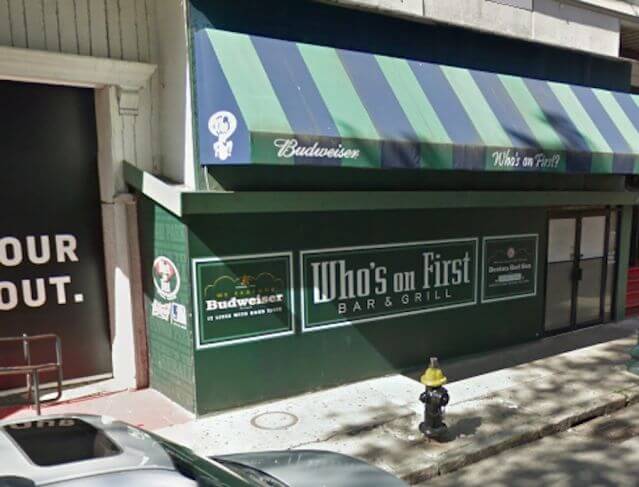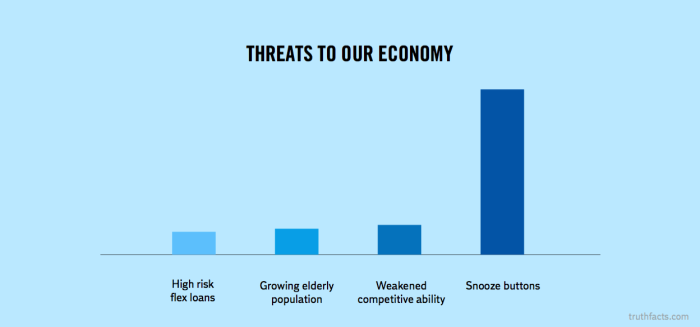A group of New York City students have used the power of art to help finally give a face to some unknown homicide victims — and opened the door to one day finding out their stories.
Starting this month, the New York Academy of Art, at111 Franklin St. in Manhattan,is hosting an exhibition of clay models and featuring the work of students from the school’s Forensic Sculpture Workshopwho recreated the faces of unidentified victims from real cold cases. RELATED:DNA evidence cracks Boston cold case from 1992
Through the workshop — which is a partnership between the graduate school and the New York City Office of the Medical Examiner — 15 students were each given a replica of a skull of an unknown individual and asked to recreate the face of the victim. This is the second year the graduate school has partnered with the medical examiner. Students first reconstructed faces a year ago for 11 victims — one who later was a positively identified and another who is currently in the process of being identified. “This is very exciting because it is very fun to do for the students but you recognize that you are doing a service for someone and there is the possibility that you can help someone,” said John Volk, director of the school’s Continuing Studies Program. Through the direction of Joe Mullins — who teaches the workshop — the students are asked to select a skull and are then given details on each victim.
Some of the details include age range, where the body was found, anything that was left with the body, a guess on gender, and more.
Then, through five days in mid January, the students begin to form the faces, using the knowledge they already gained through classes at the school such as anatomical drawing and écorché — where students sculpt a body from bone to muscles. “When you walk in and you’ve come from 15 people to now there is 30 people in the room at the same time it’s a very strange and eerie kind of feeling,” Volk said. “And now [the skulls] are no longer an abstract idea, this is somebody.” This year, the replica of the skulls — which were created through a 3D printer — came from cold cases all over the country such as Delaware and California, along with six cases from the New York metro area. For first-year student Allison Hill-Edgar the idea of building faces out of just a skull seemed impossible. However as each day went by, the impossible slowly transformed into an amazing possibility. “When we got to the end of the class and everyone had these vastly different people staring back at them I was completely amazed. I was blown away,” Hill-Edgar said.
The painting major, who never dabbled in sculpting before, added that she waited until the rest of her classmates selected a skull and took the last one on the table.
To her surprise, the skull she picked came with a unique history. The skull belonged to a member of the 54th Massachusetts Infantry, the first all-African-American civil war regiment.
And although she said she initially wanted to recreate the face of a cold case victim, she was always fascinated about the story of the regiment and this felt like helping form a part of history.
“To be able to put a face for someone that was unidentified, that was so cool,” she said.
Hill-Edgar, who used to be a doctor, said she utilized her medical background to understanding the anatomy behind the reconstruction and said she helped her classmates when questions came up.
She added that during the last day many of the students took the time to make sure details matched the information they were given because unlike other art projects — where they are given the freedom to express themselves creatively — this assignment had more meaning to each piece. “Each day there was a step that we added, so it was wild to watch them come alive,” Hill-Edgar said. “Doing it right was very important. I think we all felt a certain amount of responsibility.” The face models will be on view in the windows of the school facing Franklin Street until March 23.
RELATED:For Boston teens, a digital crash course in distracted driving Once the exhibition is over, the modelswill be photographed and uploaded to Name Us, a website which is maintained by the National Center for Missing and Exploited Children, with the hope that someone will recognize a face and possibly give an identity to a victim. “It was just really rewarding to be a part of the art world being able to help people,” Volk said. “It’s like instant gratification.”























